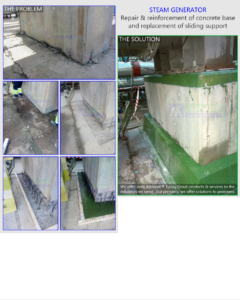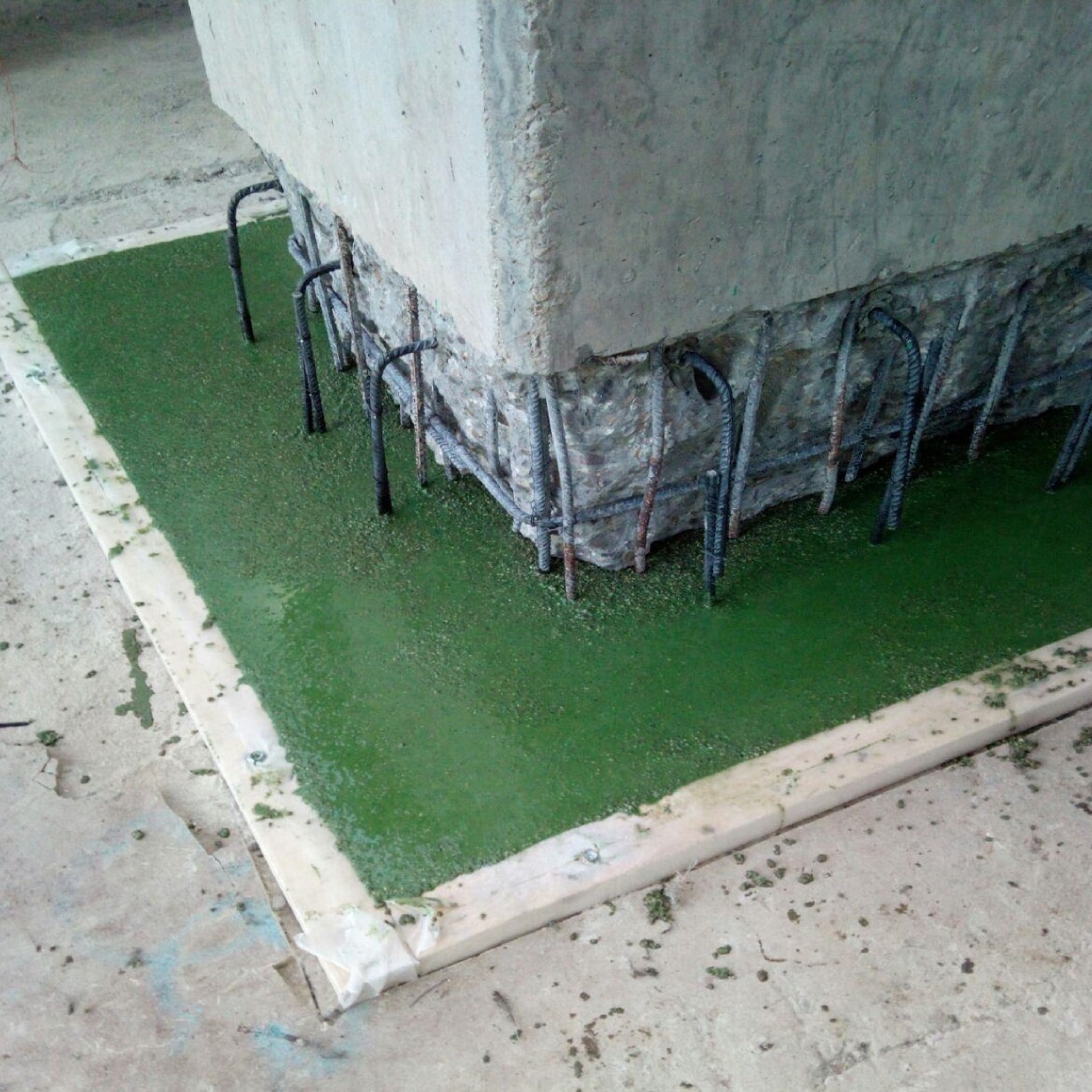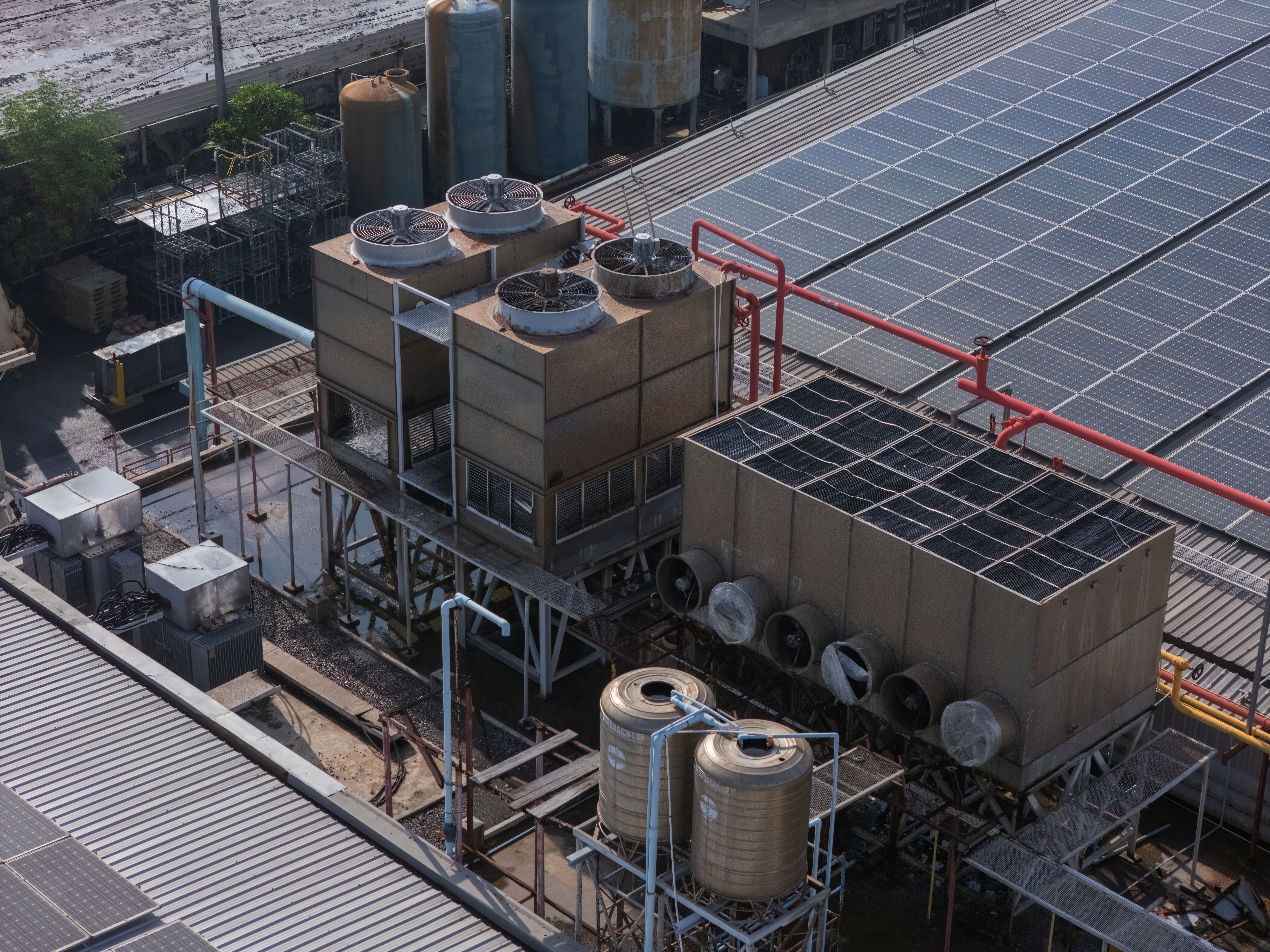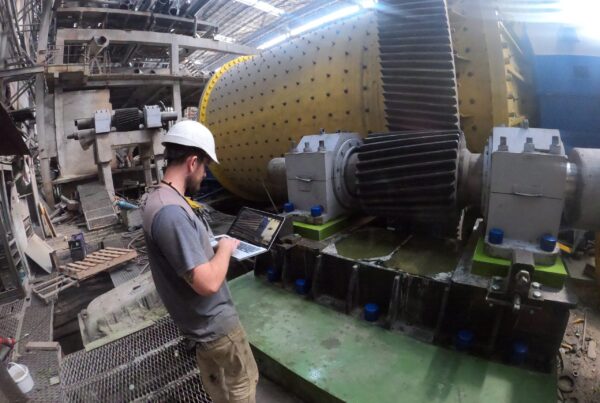Foundations are the backbone of any structure, providing stability and support. Over time, however, foundations can deteriorate due to various factors such as soil movement, water damage, structural aging and other influences.
Machinery foundation rehabilitation is a critical process aimed at restoring and enhancing the structural integrity of a foundation. In this comprehensive guide, we will explore strategies for successful foundation rehabilitation, covering key considerations and proven methodologies.
Understanding Indicators of Foundation Issues
Before delving into machinery foundation rehabilitation strategies for heavy machinery and assets, it’s imperative to identify key signs of foundation problems unique to industrial settings. These indicators may manifest as structural cracks, uneven machinery floors, resistance in equipment movement, and signs of moisture infiltration within operational spaces. Undertaking a meticulous inspection by qualified professionals specialising in industrial foundations is the initial step in gauging the extent of damage and formulating an effective rehabilitation approach.

Five Comprehensive Strategies
Site Assessment and Soil Analysis: The cornerstone of successful heavy machinery foundation rehabilitation lies in an extensive site assessment tailored to industrial contexts.
This process entails a thorough evaluation of the soil conditions surrounding the foundation. Factors such as soil movement, expansive soils, and inadequate drainage, prevalent in industrial environments, can significantly contribute to foundation issues. Soil analysis becomes imperative for understanding the composition and behaviour of the soil, allowing engineers to customise rehabilitation solutions that specifically address challenges inherent to industrial settings.
Grouting and Void Filling: In the arena of heavy machinery foundation rehabilitation, the strategic application of grouting and void filling emerges as a dynamic solution, effectively addressing voids or unstable soil beneath the foundation. Alphatec Engineering, a pioneer in foundation solutions, introduces an innovative approach to grouting with ALPHATEC® 800, it is a high performance, aggregate-filled epoxy grout with superior mechanical and chemical properties. This cutting-edge grouting material is specifically formulated to exhibit superior adhesion, strength, and durability, tailored for heavy industrial applications.
Through precise injection of specialised Alphatec epoxy grout mixtures into affected areas, this technique not only stabilises the soil but also prevents further settlement, safeguarding against potential sinkholes and mitigating soil erosion beneath industrial foundations. The utilisation of Alphatec epoxy grout ensures optimal performance, enhancing the overall stability and longevity of heavy machinery foundations.
Waterproofing Solutions: Given the heightened risk of water damage in industrial environments, effective waterproofing solutions are imperative for preventing ongoing deterioration. Employing exterior waterproofing membranes, interior drainage systems, and meticulous grading practices becomes essential, shielding it from moisture-related problems that could compromise the stability of heavy machinery.
ALPHATEC® 628TC is widely used in repair work in industrial plants, parking garages, and chemical plants, as well as for new installations where long-term concrete protection is required.
Structural Repairs: Addressing existing damage to heavy machinery foundations involves a targeted approach to structural repairs. This may encompass repairing cracks, reinforcing weakened areas, or even replacing damaged sections and replacing anchor bolts. Precision engineering assessments are critical in determining the most suitable repair methods, ensuring that the foundation is restored to its optimal condition, capable of sustaining the unique demands of industrial operations.
Continuous Monitoring and Maintenance: Post-rehabilitation, continuous monitoring is indispensable for the sustained success of interventions in heavy machinery foundations. Leveraging modern technologies, such as sensors and automated monitoring systems designed for industrial applications, provides real-time data on the foundation’s performance. This enables prompt interventions in case of any emerging issues, safeguarding the long-term stability and functionality of heavy machinery in industrial settings.
Conclusion
Achieving success in the machinery foundation rehabilitation demands a tailored and holistic approach, acknowledging the distinctive challenges posed by industrial environments.
A nuanced understanding of soil conditions, the integration of cutting-edge technologies are fundamental to a comprehensive foundation rehabilitation strategy for industrial applications.
By adopting these strategies, industrial property owners can ensure the prolonged stability and operational resilience of their heavy machinery, mitigating the impact of foundation issues in the dynamic landscape of industrial operations. For more specific advice contact Alphatec Engineering now!



